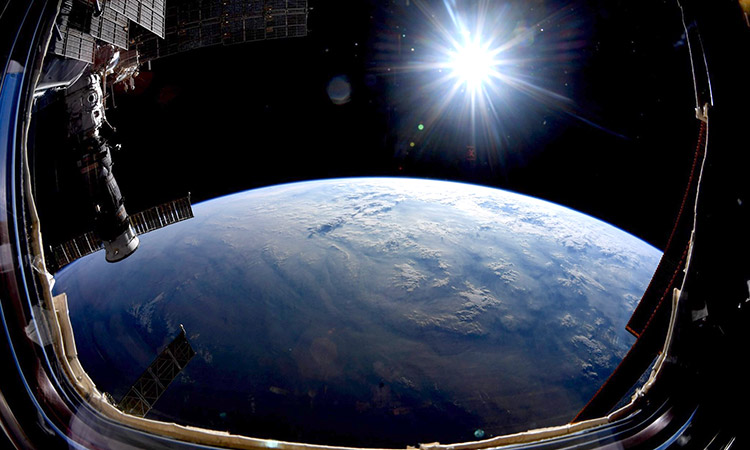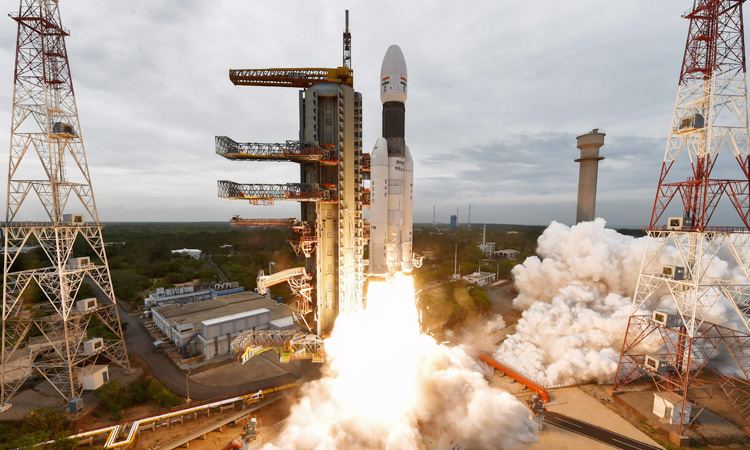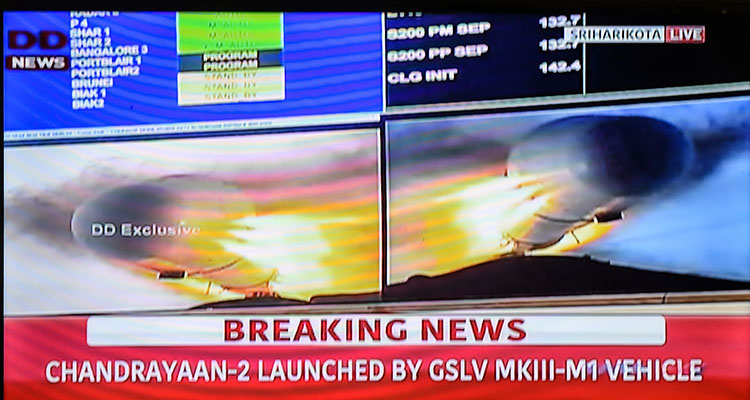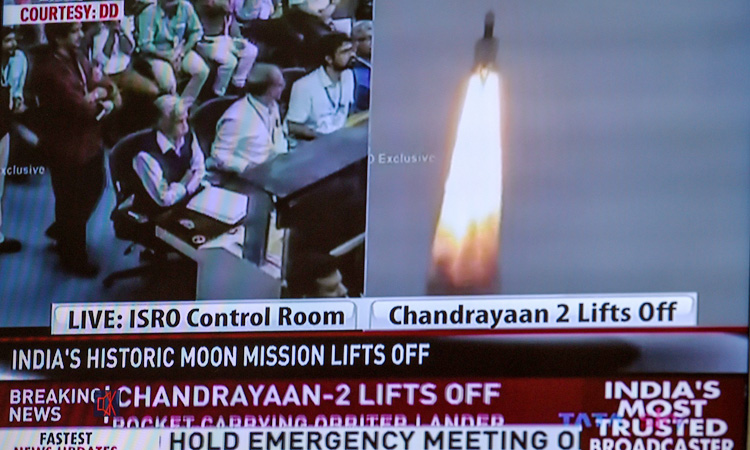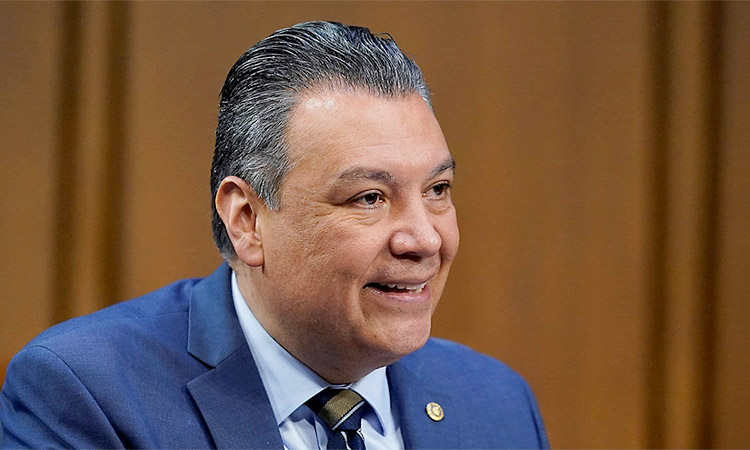ISRO pulls off spectacular Moon landing
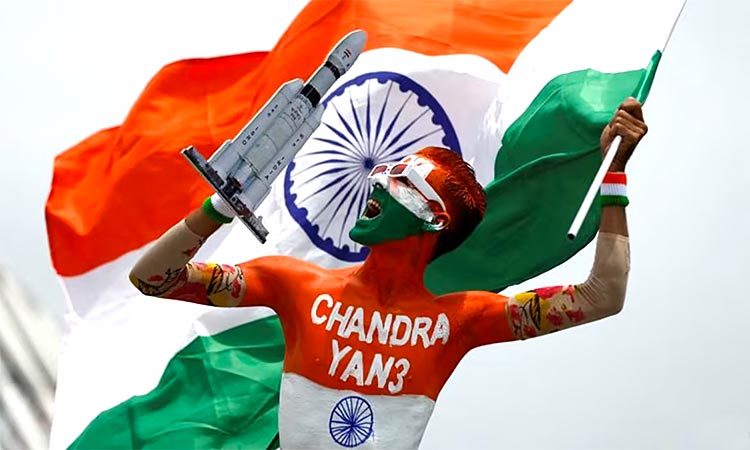
A boy with his body painted in tri-colours reacts as he holds up a model of LVM3 M4 which was used in launching of Chandrayaan-3 spacecraft on the eve of its moon landing, in Ahmedabad, India. Reuters
So, the countdown to the landing was quite tense in India though the mission team of Chandrayan -3 was quite confident that it would be able to pull it off. There was even a hint that the landing could be deferred if the terrain marked out for the landing proved unfriendly. But at the end, the landing happened without any hitch, and sent a billion Indians into an outburst of joy. Though India is the fourth country after Russia (Soviet Union), the United States and China to have made a landing on the moon, this is the first time that a landing has been made on the dark side of the moon and at the south pole. Russian space agency Roskosmos said, “Roskosmos congratulates Indian colleagues on the successful landing of the Chandrayaan-3 spacecraft.” Indian Prime Minister Narendra Modi, who is in Johannesburg attending the BRICS summit, described the landing as the victory cry of new India.
The Chandrayaan-3 mission has been managed in a modest $74 million, less than what it cost the making of Hollywood science extravaganza ‘Gravity’. The moon rover called Pragyan will carry out experiments including the spectrometer analysis lunar mineral composition. It will function for a few weeks. The ISRO now feels that it can carry on other space exploration missions to Mars and Venus. There is one planned to study the sun. The manned space mission is due on the cards, and it could be launched in 2024.
There is a renewed interest in space exploration in the last few years, and many countries are collaborating on the space missions. The Cold War competition, which was nationalist, ideological and scientific, that marked the race to the moon in the 1960s when the US succeeded in putting man on the moon, this time round there is a greater degree of collaboration among the countries. There is the feeling that humankind has to make a joint effort to explore space and planets, and also study the earth. It is this sense of cooperation in place of competition that marks the new era of space exploration.
India’s price competitiveness in space exploration could be an advantage for the country in future collaborations, especially of developing countries. So far space exploration has been the preserve of rich and powerful countries like the US. The cost barrier has been broken by India. And this is likely to bring in more countries into space exploration as a collective effort. The sense is growing that people on this planet are facing a momentous challenge in the form of climate change, and there is need to increase the means of coping with the challenge. Research on space missions to study the effects of climate change and how it could be minimised is the immediate goal of manned and unmanned space missions of the future. And no one country can carry out all the research work. Like the International Space Station (ISS), international space missions will mark the space journeys of the future. So, India’s success in the field of fitting out the rockets and modules will be a component of the space missions, where other countries would be making their contribution.
